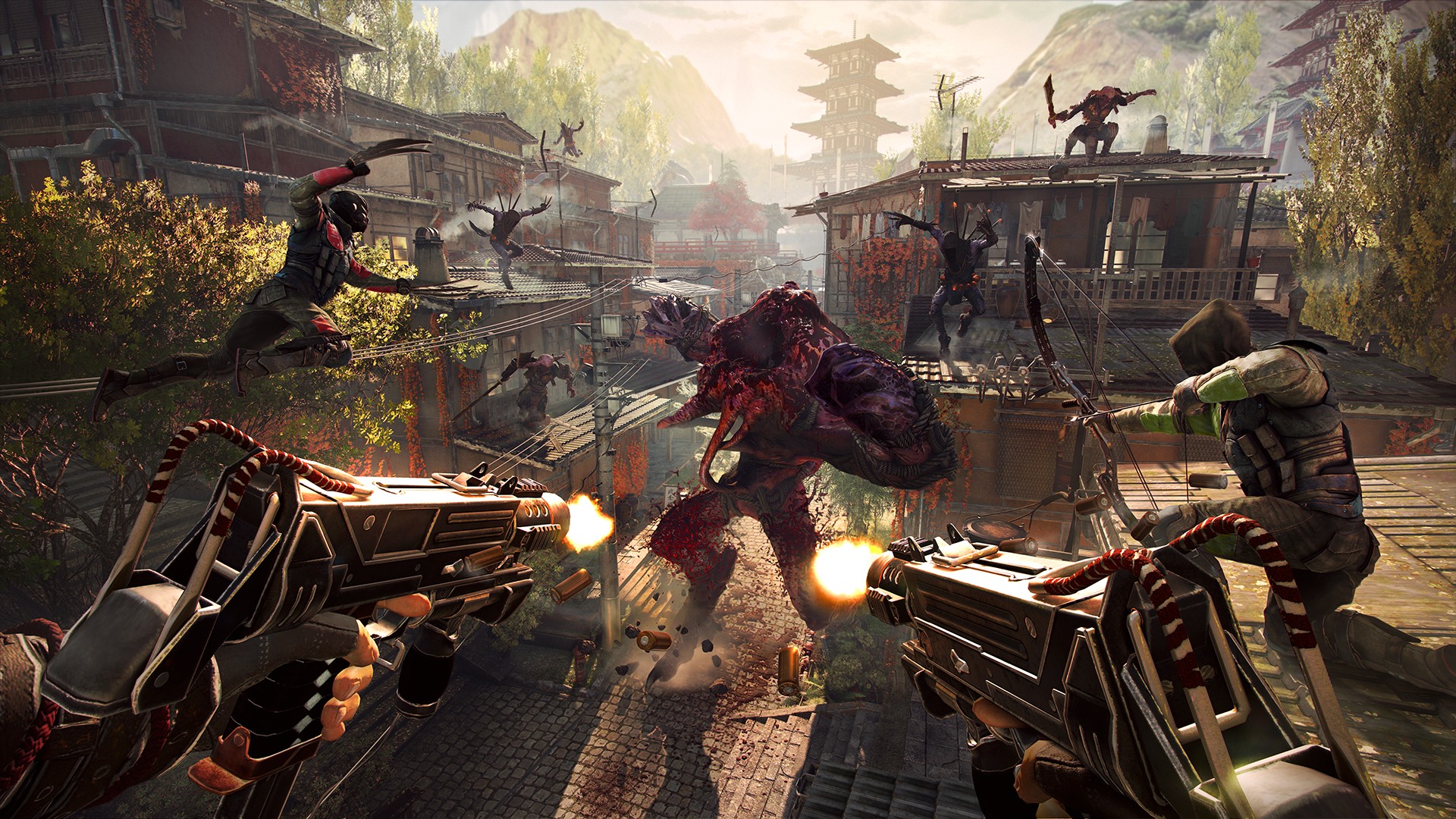

They became highly sought-after for their skills and willingness to do "dirty work" that samurai often felt was beneath them. Two such clans, the Koga and the Iga, became so well known for producing skilled ninjas that some would leave their communities to become professional operatives for specific nobles or the Shogunate itself. The field was "evened" so effectively, in fact, that the nobles began to hire the best of these clans' so-called "ninjas" as spies and mercenaries.

Unable to stand up in traditional combat to the expensively funded and heavily-outfitted samurai, some of these resistant clans developed unique martial-arts techniques and fighting strategies based on mastery of one's environment, along with weapons based on common tools and simple farming equipment, in order to even the playing field in combat. During the feudal era in Japan (largely beginning in the 15th Century), many isolated rural clans were resistant and even hostile to the idea of being ruled over by the laws of nobles - especially when they were being enforced by often oppressive samurai. Ninjas of course are all the rage, but the tourist industry, like the countryside, is charmingly under-developed.Let's be clear about one thing upfront: Ninja were (and, depending on who you ask, still are) a real thing. The final surprise was to discover that their homeland is a delightful backwater of hills, forests, rivers and rice-fields. In some ways, the communes were incipient democracies. The ninjas emerged in a small area around today's towns of Iga-Ueno and KMka, where in the middle ages villages became fed up with Japan's warlords and set about forming themselves into self-defense communes. To me, the real ninjutsu - "the way of the ninjas" - is much more interesting than any martial art. It's almost totally invented long after the true ninjas vanished when Japan was unified around 1600. JM: I thought before starting research that the martial arts traditions associated with the ninjas would provide a lot of good material. JG: What surprised you the most during the writing process? As spies and occasionally assassins, the ninja were covert, secretive and dedicated to surviving come what may. The obvious next step was to explore the world of the ninja, who you might term the counter-samurai, because they were the opposite of the colourful, display-loving, death-seeking samurai. John Man: My previous book was about the samurai - actually the so-called last of the samurai, Saigo Takamori, who led a disastrous rebellion in 1877.


 0 kommentar(er)
0 kommentar(er)
